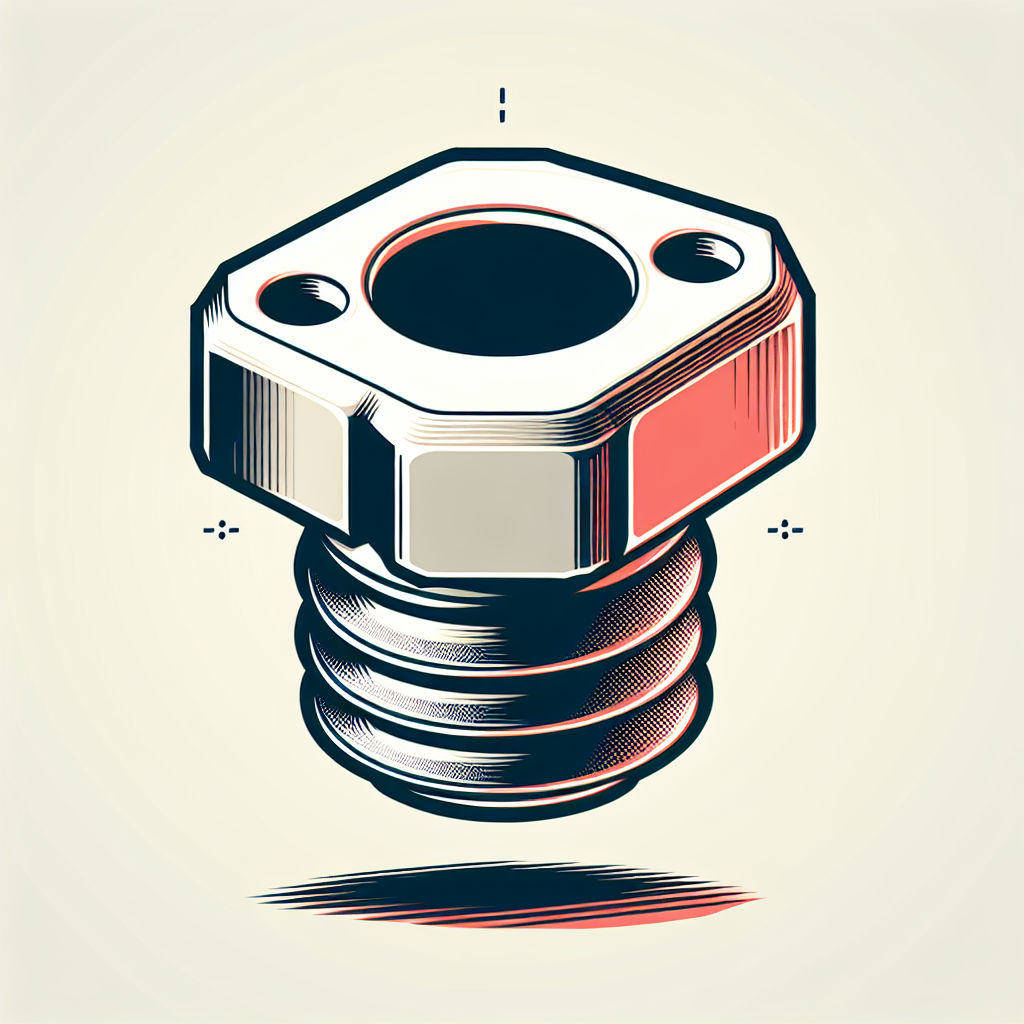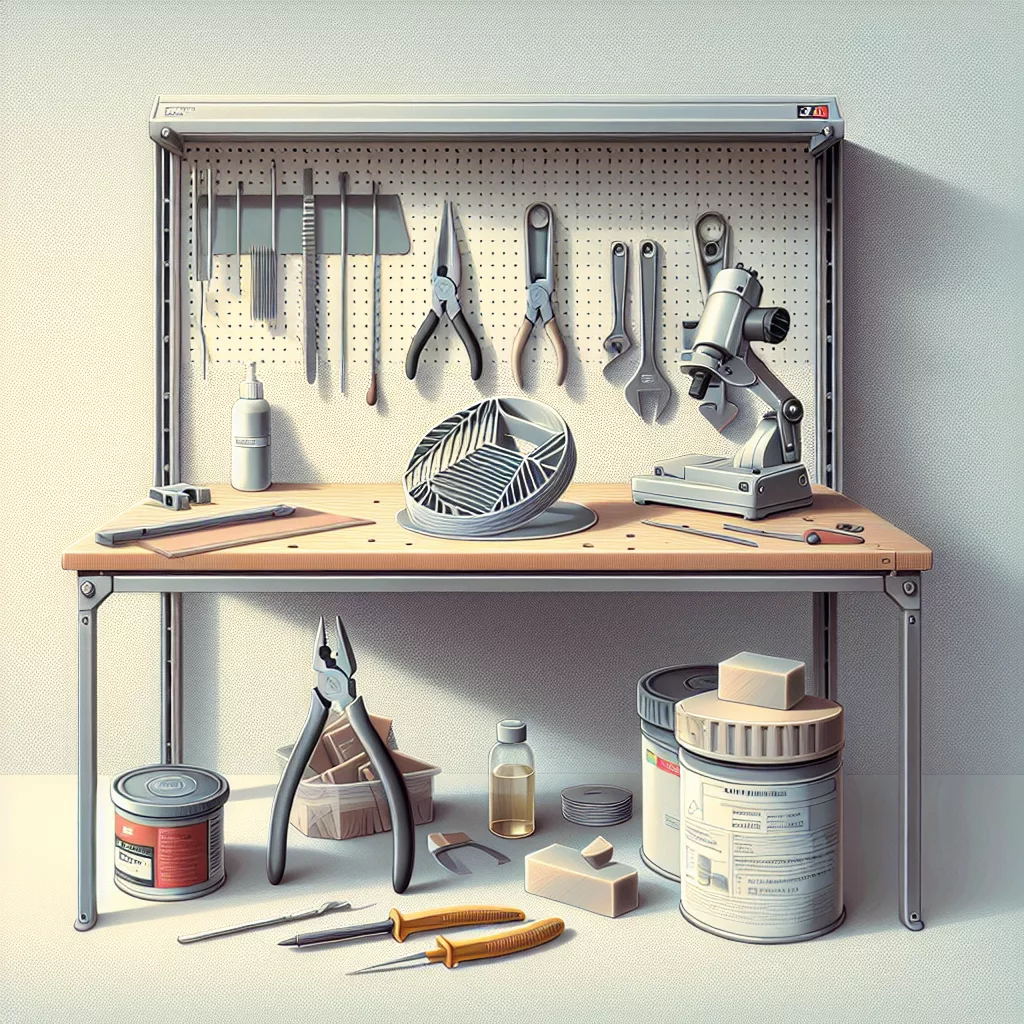Introduction to Threaded Inserts for 3D Printing
If you’ve ever assembled complex 3D printed parts, you might have encountered the frustration of weak or stripped screw threads in your prints. Threaded inserts offer a reliable solution, significantly improving the strength and durability of joints. In this guide, we’ll cover why threaded inserts are beneficial, what types you can use, and the best practices for installing them into your 3D printed parts.
Why Use Threaded Inserts for 3D Prints?
Screwing directly into plastic isn’t always ideal. Plastic threads can easily strip or weaken, especially after repeated assembly and disassembly. Threaded inserts provide robust metal threads inside your plastic parts, allowing for stronger, reusable connections. They significantly extend the lifespan and usability of your prints, particularly in mechanical or functional applications.
Types of Threaded Inserts Suitable for 3D Printing
Choosing the right threaded insert can greatly influence the strength and ease of installation. The most common types include:
- Heat-Set Inserts (Brass Inserts): These inserts feature knurled surfaces, enabling them to grip tightly into melted plastic. They’re installed by heating the insert and pressing it into the printed part.
- Press-Fit Inserts: Designed to press directly into a printed hole without heat. They rely on friction and interference fits, ideal for quick and clean installations.
- Expansion Inserts: These expand slightly when a screw is threaded into them, securing them more firmly within the plastic.
- Ultrasonic Inserts: Inserted using ultrasonic vibrations that cause localized melting, achieving very strong bonds. Typically used in industrial applications due to specialized equipment requirements.
For most hobbyists and small-scale projects, heat-set brass inserts are the preferred choice due to their ease of installation, reliability, and affordability.
Tools and Materials Needed
Here is what you’ll need to effectively install threaded inserts into your 3D prints:
- Threaded metal inserts (brass heat-set recommended)
- Soldering iron or heat-inserting tool
- Tweezers or needle-nose pliers
- Calipers (optional, for precise hole measurement)
- 3D printed parts with properly sized holes
Design Considerations for Inserting Threads
To achieve optimal strength and ease of installation, design your prints with threaded inserts in mind:
- Hole Size: Generally, the diameter of your print hole should be slightly smaller (around 0.2-0.4mm less) than the outer diameter of the insert itself. This ensures a snug fit upon insertion.
- Hole Depth: The hole should be deep enough to accommodate the insert fully, leaving just enough room below to allow plastic flow during melting, typically around 1–2mm extra.
- Wall Thickness: Ensure sufficient wall thickness around the insert hole to prevent deformation, typically no less than 2–3mm.
- Chamfers: A small chamfer at the top of the hole can help guide the insert in straight, resulting in a cleaner installation.
Step-by-Step Guide: Installing Heat-Set Threaded Inserts
Heat-set inserts are especially popular because they’re reliable and easy to install. Follow these steps to achieve quality results:
- Heat your soldering iron: Set your soldering iron to around 200–250°C (392–482°F). You want it hot enough to melt the plastic but not so hot that it scorches or burns.
- Hold the insert securely: Using tweezers or needle-nose pliers, position your insert at the opening of the hole in your printed part.
- Apply gentle pressure: Place the heated tip of your soldering iron onto the insert (not the plastic part directly) and let the insert heat up for a few seconds. It will start melting its way into the plastic.
- Insert slowly and evenly: Guiding gently with the soldering iron, allow the insert to sink into the hole until it’s flush or slightly recessed below the surface. Avoid forcing it too quickly, as you may misalign the insert or deform the surrounding plastic.
- Cool down and check alignment: Once inserted, remove the soldering iron and let the part cool completely before attaching screws or applying loads. Inspect carefully to ensure the insert sits evenly.
Common Mistakes and How to Avoid Them
Here are a few common pitfalls during threaded insert installation and how to avoid them:
- Overheating the insert: Too much heat can cause damage or deformation. Keep your soldering iron temperature moderate and work slowly.
- Misaligned or tilted inserts: Correct alignment is key to strong joints. Always insert slowly and perpendicular to the surface.
- Incorrect hole size: Incorrect sizing can cause weak connections. Always double-check hole dimensions with test prints if necessary.
Conclusion
Adding threaded inserts to your 3D printed parts is a straightforward way to improve joint strength and durability. With careful preparation, appropriate tools, and attention to detail, you’ll enjoy stronger, reusable assemblies that greatly expand the capabilities and reliability of your 3D printed projects.


Leave a Reply